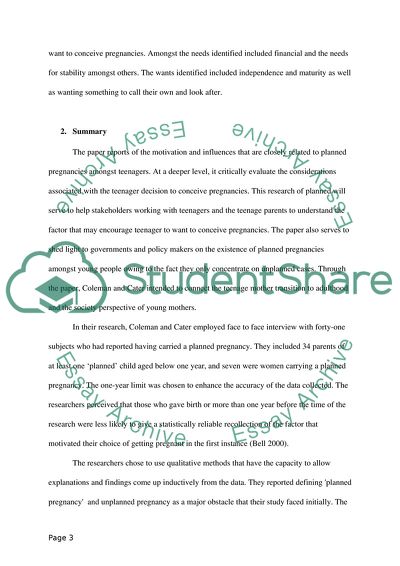Cite this document
(“Perspectives of Young Women from Disadvantaged Backgrounds Coursework”, n.d.)
Perspectives of Young Women from Disadvantaged Backgrounds Coursework. Retrieved from https://studentshare.org/health-sciences-medicine/1874192-child-welfare-research-policy-and-practice
Perspectives of Young Women from Disadvantaged Backgrounds Coursework. Retrieved from https://studentshare.org/health-sciences-medicine/1874192-child-welfare-research-policy-and-practice
(Perspectives of Young Women from Disadvantaged Backgrounds Coursework)
Perspectives of Young Women from Disadvantaged Backgrounds Coursework. https://studentshare.org/health-sciences-medicine/1874192-child-welfare-research-policy-and-practice.
Perspectives of Young Women from Disadvantaged Backgrounds Coursework. https://studentshare.org/health-sciences-medicine/1874192-child-welfare-research-policy-and-practice.
“Perspectives of Young Women from Disadvantaged Backgrounds Coursework”, n.d. https://studentshare.org/health-sciences-medicine/1874192-child-welfare-research-policy-and-practice.


